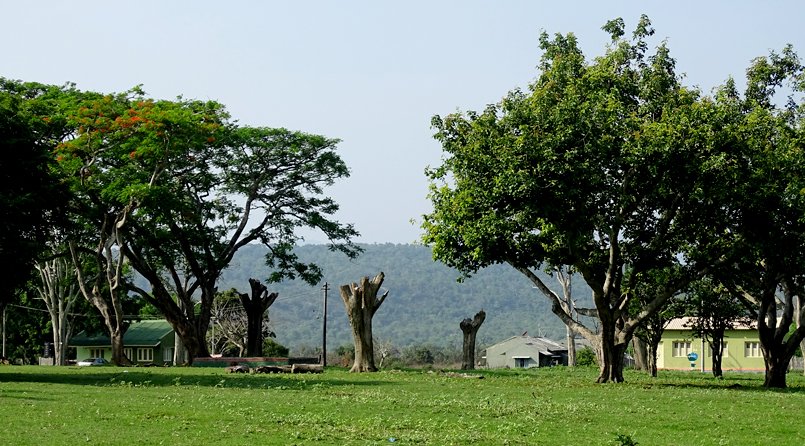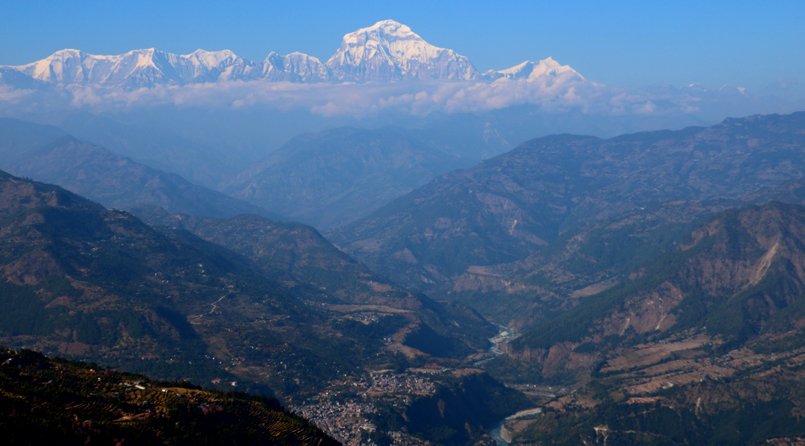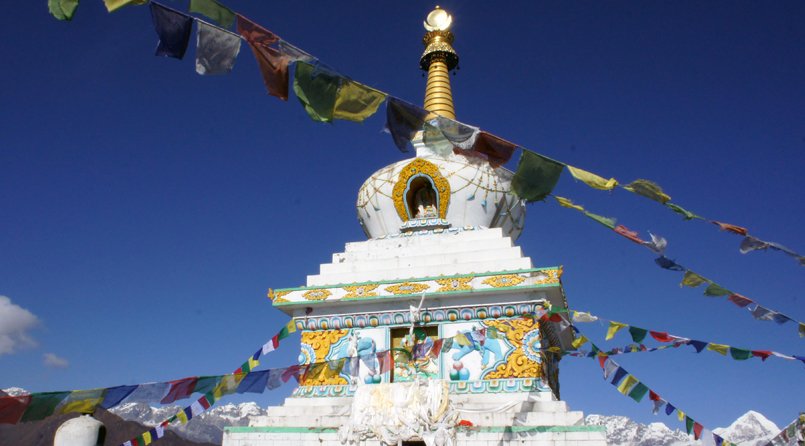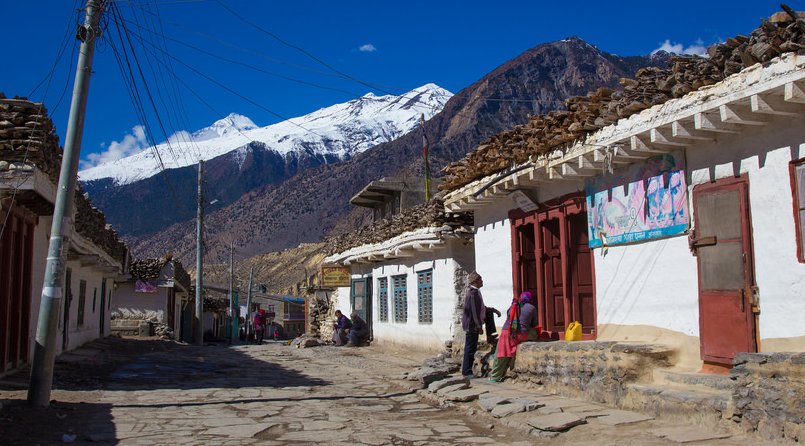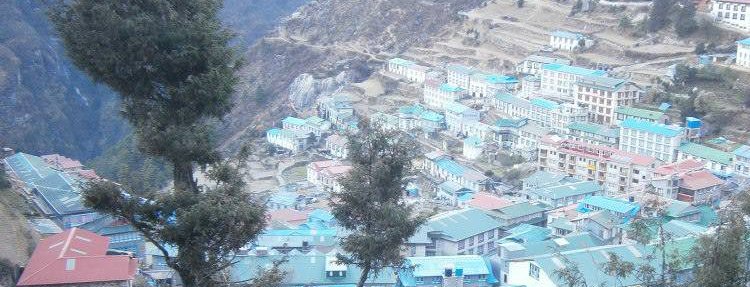Bandipur
Bandipur
Bandipur is a hilltop settlement in the Tanahu District of Nepal, 143 km to the west of Kathmandu and 80 km to the east of Pokhara. Bandipur has progressively been coming to the attention of tourists because of its preserved, old-time cultural atmosphere. It is a living museum of Newari culture, a beautifully preserved village crowning a lofty ridge above the highway stop of Dumre. Its winding lanes are lined with traditional Newari houses.
Bandipur offers excellent for viewing of the Himalayas: Dhaulagiri, Annapurna, Manaslu, Ganesh, Langtang Himal, the Marshyangdi valley, Mount Manakamana, and Gorkha. One can also see the preserved Newari architecture of its buildings, which have not been replaced by modern types found in many other towns of Nepal. Bandipur remains very much a living community, bustling with farmers and traders going about their business alongside the tourists. Various Newari and Magar festivals can also be of interest to tourists. Sorathi and Chukta dances are also very popular. Bandipur is settled by a variety of Nepali ethnicities with different beliefs: the Bahuns, the Chhetris, the Newars, the Damais, Kamis, Sarkis, Kasais, the Magars, and the Gurungs.
The Bindyabashini temple and the library in the village centre, Thani Mai: the main reason to climb up to Thani Mai is for its spectacular sunrise views, Tindhara, Raniban, the downhill trek to Siddha Cave: at 437m deep and 50m high, Siddha cave is said to be the largest cave in Nepal, Tundikhel: In centuries past, traders would gather on this man-made plateau to haggle for goods from India and Tibet before starting the long trek to Lhasa or the Indian plains and a hike to Ramkot village. On Mukundeswari, the elevation at the western end of the saddle is a little shrine, and one has a view of Bandipur itself. Nowadays Bandipur has become the most traveler destination who want to explore its natural beauty own historical story.
Reviews
Simply put “WOW”.
Simply put “WOW”. I have never met more responsible people in my life. They made sure every step of the way was taken care of from the drivers, tour guides, trek guides, porters and hotel accommodations. I highly recommend this company for its hard working, responsible and friendly people. The people make a company. Special thanks to: Anuja “the planner”, Chitiz & Ashmir “the ultimate trekking guides” and finally Robin “the enthusiastic jungle bird watcher”.

Nick Devincenzo
San Diego, CaliforniaPlan Holidays did a fantastic job on our whole trip!
Plan Holidays did a fantastic job on our whole trip! We did the trip that included time in Kathmandu, Pokhara, Chitwan National Park and a 5-day trek around Annapurna. From the moment we stepped off the plane, we had guides showing us around and everything was perfectly planned for us. Maila, our trekking guide was amazing and had so much knowledge! It was a great trip!

Autumn Wonderlich
Boston, MassachusettsIncredibly well organized
This company was amazing. Incredibly well organized. I felt safe and spoiled. Our airport transports were always early and waiting for us. All of our reservations for our accommodations and busses were perfect. The temple tour we took was super fun and educational. Some of our luggage got stuck in our layover country and between this travel agency and our hotel they were able to get it for us and deliver it the next day. We also had a 10month old traveling with us and they made sure that our accommodation and travel plans were safe for him. During our 5 days of trekking, we had THE BEST guide/sherpa. I would positively let them plan another trip for us. Thank you!!!!
Email: https://facebook.com/karenk2000

Karen Graves
CaliforniaA wonderful trip
Thank you so much!!!!
We had a wonderful trip!!! And you were always there to help or guide us as needed! I hope we can have fun together again!!!!!

Janet Spencer
West Jordan, UtahNice trip to Nepal
Nice trip in Nepal organized by Plan Holidays Travel! Guide and Porter were great.

Michael Worcestar
Plan Holidays is the best company
Plan Holidays is the best company with wonderful staff members and Guide was incredible an genuinely cared for our welfare. It was such a pleasure to meet all the friendly and humorous people of Nepal. All of my thanks to Managing Director Mr. Kala Dhar Baral and the professional team members of Plan Holidays.

Samuel idas
Great Job
Plan Holidays did a great job on the organization of this wonderful journey! We all had a great time, it was such a pleasure to meet all the friendly and humorous people of Nepal.

Aleksandra Perr/Peter Babivskiy
I had a wonderful experience
I recently booked a tour with Plan Holidays, and I had a wonderful experience. Anuja scheduled the tour, and it was comforting to have our trip covered without any concerns. Our guide Shiva took us through Kathmandu, and showed all us the highlights of the city and provided us with the cultural and historical background. We also did the Poon Hill Trek with guides Chitiz and Ashmir, who provided a peaceful hike through the Himalayas. On our last two days, we spent time in Chitwan National Park, where our guide, Robin, took us on adventures where we saw crocodiles and rhinos.
The entire package was affordable, and our guides met our every need; they went out of their way for us on many occasions. It was comforting to get off the bus and see our guides waiting for us with our name tags. I would highly encourage anyone to book a trip through this company. I promise that you will have an amazing experience–five stars!


